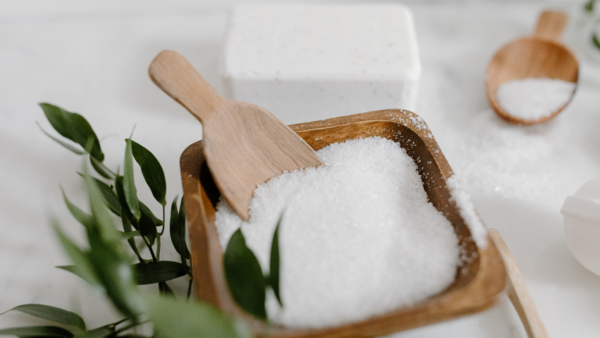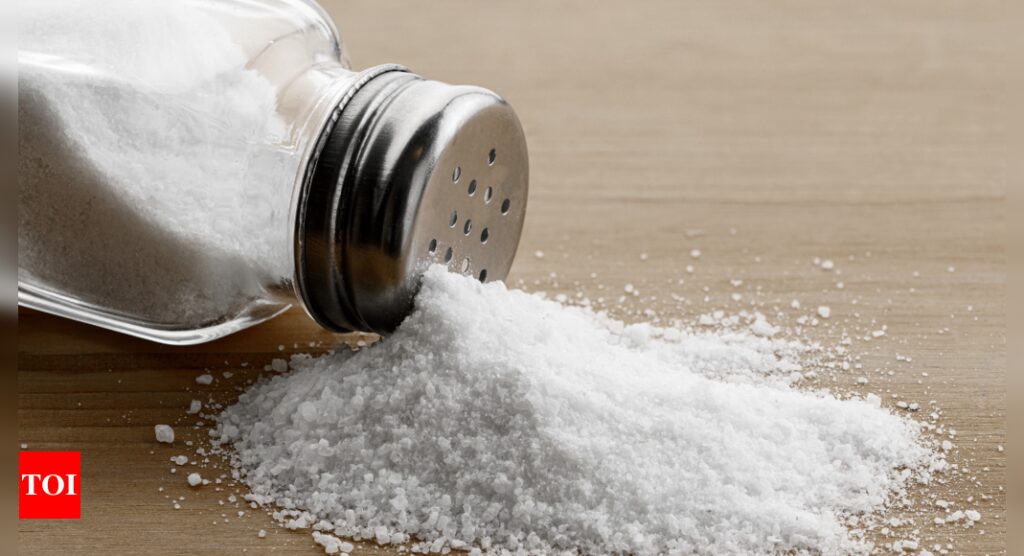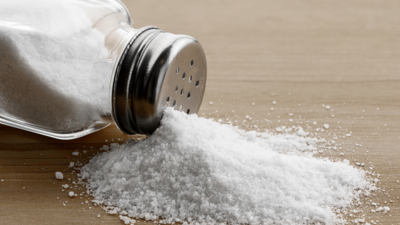Cardiovascular diseases are increasing, and various factors affect them, including stress, diet, routines, exercising, etc. Making small amends, like choosing better alternatives of salt to reduce the blood pressure in the body, can become a beneficial choice in the long run. The body function requires an adequate number of certain salts. The main component of our diet is an adequate amount of salt, which is sodium chloride. Sodium and potassium are important to establish a swift network between the neural receptors. Apart from this, salt is also essential for the overall working of the body and is additionally an enhancement of the taste of food.
What is the effect of the salt on the heart?
According to Dr. Brajesh Kumar Mishra, Consultant, Cardiology, Manipal Hospital Gurugram, “High salt intake and heart rate are linked directly with blood pressure. Sodium levels are also important to maintain the fluid balance in the body. In the case of excessive salt levels, it can cause retention of fluid and further increase in the blood volume. Also, high levels of sodium are also related to inducing stiffness in the arteries, which can also lead to coronary artery disease. A low-sodium, high-potassium diet is beneficial for cardiac patients as it helps manage blood pressure, reduce fluid retention, and lower the risk of heart disease.”

What are potassium salts?
Consumption of potassium, if taken separately too, can contribute to the reduction of blood pressure. Potassium is present in many foods, like bananas, beans, peas, nuts, spinach, cabbage, and papayas. Potassium salts are also known as K-salts, which can aid in bringing down sodium consumption and in turn increase the consumption of potassium in the body. Potassium counteracts the effects of sodium in the blood, which increases the excretion of sodium from the body in the form of urine. It also relaxes blood vessels, which helps to lower the blood pressure.
How do you practice salt substitution effectively?
Amount of salt in food: One needs to be considerate of the amount of salt that is being added to the food while cooking. Overtime, the threshold of higher salt levels, if consumed on a daily basis, can make the body become accustomed to it, which also makes the body ignore early, minor signs of damage. It is advised to reduce the salt amount gradually to adjust the palate.
Natural alternates: Instead of relying on higher salt amounts, it is better to increase the amount of naturally found potassium in foods like bananas, papayas, peas, spinach, and others. The presence of potassium in the body helps to reduce the requirement for sodium while still maintaining a smooth function.
Checking effects of salt: It is essential to monitor the effects of sodium, especially if taken in high amounts in the diet. The effects of high levels of salt can reflect in high blood pressure. When switching to substitutes of salts, it is still important to check and monitor the effects of it in the body. In case of any irregularities, it is best to consult a general practitioner.
Observe labels of store-bought items: It is vital to be aware of the contents that go in salt substitutes. One needs to check for what blends are put in the salt substitutes that they are buying. Some of these are potassium-based salts, herbal salts, and even salt-free seasonings.
In the case of high blood pressure, consulting the doctor before opting for alternates is also a good recommendation. One needs to be aware while taking alternates of sodium, as it plays a vital role whose deficiency can disrupt vital bodily functions.
A guide on what to eat and avoid:
Dr. Saurabh Juneja, Director and Head of CTVS, Indian Spinal Injuries Centre, shares the diet rules to consume less sodium and more potassium:
Limit sodium to less than 1,500–2,300 mg/day.
Increase potassium to 3,500–4,700 mg/day (unless contraindicated by kidney disease).
Focus on whole, unprocessed foods to naturally control sodium intake.
Read labels – Choose foods with less than 140 mg sodium per serving.
Cook at home – Use fresh herbs and spices instead of salt.
Rinse canned foods (like beans and vegetables) to reduce sodium.
Foods to include in your diet (High Potassium, Low Sodium)
Fruits and vegetables that one should have:
Bananas, Oranges, Avocados, Cantaloupe, Kiwi, Papaya, Dried fruits (raisins, prunes, apricots—in moderation)
Spinach, Sweet potatoes, Tomatoes, Beet greens, Swiss chard, Broccoli, Mushrooms
Foods to Avoid (High Sodium, Low Potassium)
Processed foods (canned soups, frozen meals, packaged snacks)
Fast food & restaurant meals
Cured meats (bacon, ham, sausage, deli meats)
Cheese (especially processed and aged varieties)
Pickles and olives (unless low-sodium)
Soy sauce, ketchup, bottled dressings
Salted nuts and chips
Soda and sugary drinks


